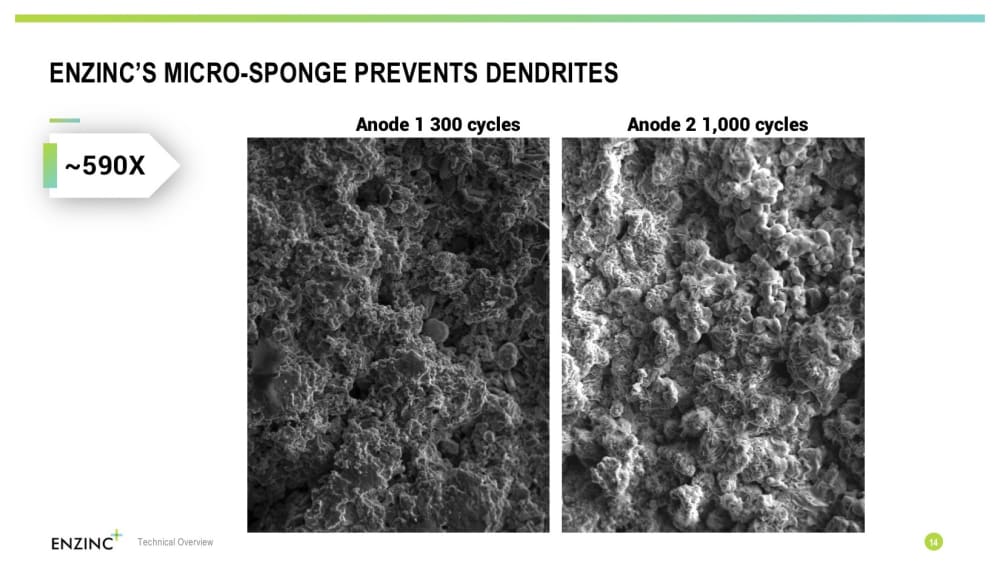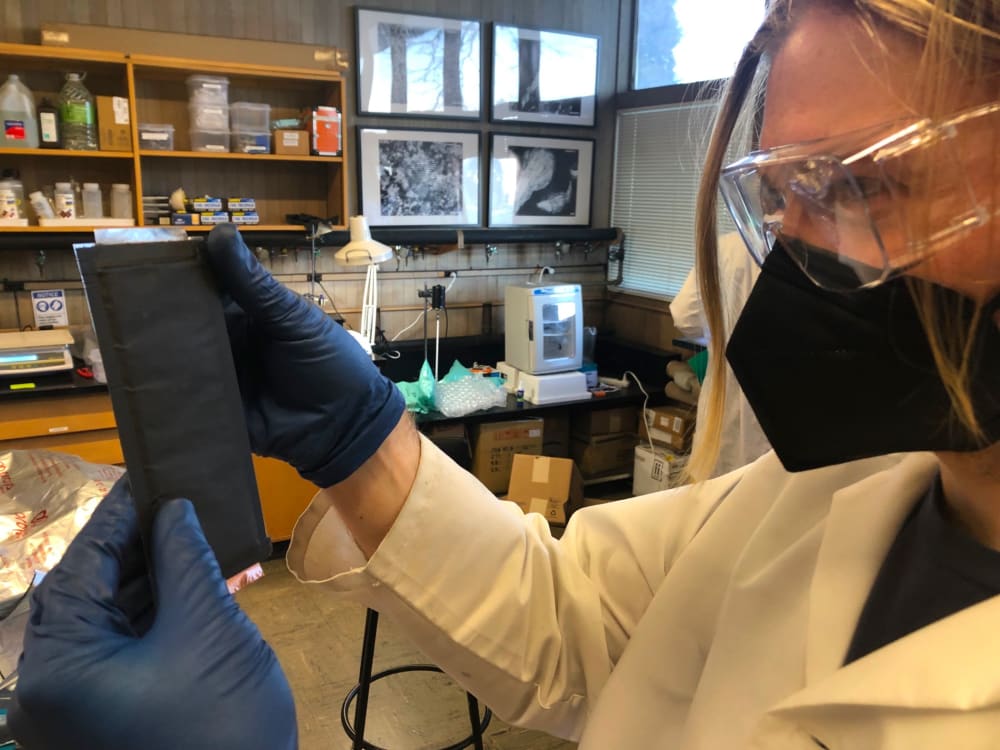

Today there are only two solutions to energy storage for discharge times between two hours and twelve hours – lead-acid and lithium-based batteries. Lead-acid batteries have been used for over 150 years. Though dependable, they have very low energy and cycle life leading installations to be heavy and costly. Lithium based batteries have been used in energy storage for about ten years. Though they have very high energy this comes at a price in reduced discharge times, safety (thermal runaway) and environmental temperature constraints. Currently there is no cost-effective way to recycle them. The materials for lithium batteries are concentrated in foreign sources hobbling our states and nations energy independence. As the need and desire for renewable energy generation grows, an alternative that has the energy of lithium-based batteries, the low cost and temperature range of lead acid, but is safer than either is required. Zinc chemistry has been evaluated since the time of Thomas Edison but the solutions then and the solutions now used conventional approaches to slow down dendrite growth- needle-like formations that grow rapidly and short out the zinc battery. These have limited the available performance of zinc. The increasing demand for energy storage and the constrained supply chain for lithium-based batteries requires an alternative.
Enzinc, in concert with the US Naval Research Laboratory, has developed a novel zinc metal sponge electrode that offers three distinct advantageous for an alternative chemistry especially over other zinc electrode approaches. The sponge structure eliminates dendrite growth extending the cycle life in the thousands. It’s high surface area extends the zinc utilization by two times over conventional zinc giving the resulting battery higher specific energy and energy density. For example, for a nickel zinc version the specific energy is greater than Lithium Iron Phosphate (LFP) batteries (130 Wh/kg vs 100 Wh/kg). And because this is a structural solution the electrode is cathode agnostic. This means it can deliver a family of batteries. The zinc sponge anode can be coupled with nickel, silver, manganese, and carbon for a zinc-air battery.
Video
-
Awards
-
 2022 Sustainable Technologies/Future Energy Honorable Mention
2022 Sustainable Technologies/Future Energy Honorable Mention -
 2022 Top 100 Entries
2022 Top 100 Entries
Like this entry?
-
About the Entrant
- Name:Michael Burz
- Type of entry:teamTeam members:Michael Burz
Meinrad Machler
Philip Baker
Dj Desai
Sam Reul
Robb Vinzent - Software used for this entry:Fusion 360
- Patent status:patented








